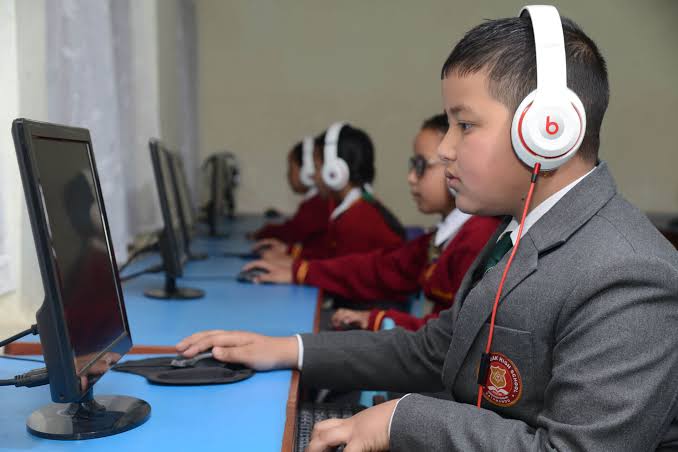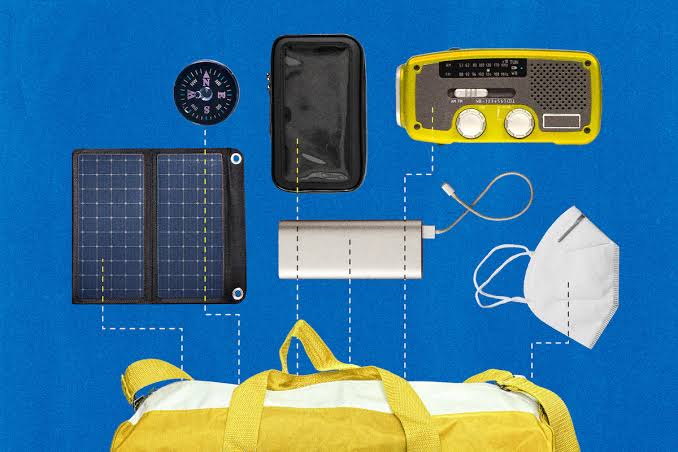In today’s education, gadgets are not just extra tools but key parts of how we learn and teach. Devices like smartphones, tablets, digital whiteboards, e-readers, and AI tools are used in classrooms and homes worldwide. By July 2025, gadgets have changed education deeply.
They are improving teaching methods, making learning more accessible, and customizing education for each student. However, this change also brings new challenges that need attention. Here’s a detailed look at how gadgets are changing education in the digital age.
Enhancing Access to Learning Resources
One of the most significant impacts of gadgets on education is the unprecedented access they provide to a wide range of learning materials. In the past, students often relied solely on printed textbooks and classroom notes. Today, with gadgets like tablets, laptops, and smartphones, students can access millions of resources instantly.
Online libraries, video tutorials, educational apps, and interactive simulations are now just a tap away. For learners in remote or underserved regions, this access has been transformative. Students who previously had limited exposure to quality educational content can now participate in the global knowledge economy through internet-connected devices.
In 2025, the availability of offline content options also means that learners can download study materials and use them even in areas with poor connectivity, making gadgets essential tools in bridging the digital divide.
Supporting Personalized Learning
Every student learns differently. Some grasp concepts better through visuals, others through reading, and some through hands-on activities. Gadgets have enabled a shift from one-size-fits-all teaching to personalized learning paths that adapt to individual needs.
With AI-integrated educational apps and learning management systems, gadgets now help analyze student performance and adjust the content accordingly. If a student struggles with a particular topic, the software may present it in a different format or provide additional practice materials.
As of July 2025, adaptive learning technologies are widely used in schools and online platforms, helping students work at their own pace. This level of customization was not feasible with traditional teaching methods and textbooks, highlighting how gadgets can revolutionize comprehension and retention.
Encouraging Interactive and Engaged Learning
Gadgets have transformed passive learning into a more interactive, engaging experience. Tools like smartboards, VR headsets, and interactive tablets encourage students to participate actively rather than just absorb information.
Gamification is a key trend in 2025, where learning is turned into game-like activities that reward progress and foster motivation. Educational games and quizzes accessed through gadgets are used to teach complex subjects like mathematics, history, and science in a fun, relatable way.
Augmented Reality (AR) and Virtual Reality (VR) tools also allow students to experience simulations such as virtual lab experiments or historical reconstructions. These immersive experiences foster curiosity, critical thinking, and a deeper understanding of subject matter.
Facilitating Remote and Hybrid Learning
The COVID-19 pandemic initially accelerated the shift to online learning, but by 2025, remote and hybrid models have become mainstream in many educational systems. Gadgets are the backbone of this transformation, enabling students to attend live virtual classes, submit assignments digitally, and collaborate with peers across the globe.
Smartphones, tablets, and laptops have made it easier for teachers to reach students beyond the classroom. Tools like Zoom, Google Classroom, and Microsoft Teams, along with device-compatible learning apps, continue to support blended learning environments.
This flexibility benefits working students, learners with disabilities, and those managing personal responsibilities alongside their studies. Gadgets have made education more accessible and inclusive, allowing people to learn on their own terms and schedules.
Improving Teacher Efficiency and Classroom Management
Gadgets also support educators by streamlining administrative and instructional tasks. With the help of tablets and smart projectors, teachers can present lessons more efficiently, annotate on digital whiteboards, and assess student understanding in real time through polls or quizzes.
Automated grading software, attendance tracking apps, and assignment submission platforms save time and reduce paperwork. Teachers can also analyze student data to identify learning gaps and tailor instruction accordingly.
In 2025, many classrooms use AI teaching assistants embedded in gadgets to help with repetitive tasks and even answer students’ routine queries. This frees up educators to focus more on mentoring and personalized instruction, enhancing the overall learning experience.
Boosting Collaboration and Communication
Modern education emphasizes collaboration, and gadgets facilitate this better than ever before. Students can easily collaborate on group projects using shared documents, participate in discussion forums, and communicate with classmates and teachers via instant messaging.
Cloud-based platforms like Google Workspace and Microsoft OneDrive allow real-time collaboration, where students contribute to assignments simultaneously from different locations. This not only enhances learning outcomes but also prepares students for teamwork in the digital workplace.
Moreover, gadgets enable global classroom exchanges where students interact with peers from different cultures, enriching their perspectives and promoting global citizenship.
Developing Digital Literacy and Future Skills
The integration of gadgets in education is also preparing students for the future workforce by developing digital literacy. In today’s tech-driven world, understanding how to use gadgets effectively is as essential as reading or arithmetic.
Students learn how to conduct online research, use productivity tools, navigate educational software, and stay safe in digital environments. These skills are foundational for most modern careers and personal development in the 21st century.
As of July 2025, coding, robotics, and digital content creation are being introduced at younger educational levels, often through the use of tablets and laptops. Gadgets are not just tools for learning—they are teaching platforms themselves.
Addressing the Challenges of Gadget Use in Education
While the benefits are substantial, it’s also important to acknowledge the challenges. Overdependence on gadgets can lead to reduced face-to-face interactions, decreased physical activity, and shorter attention spans. Additionally, screen fatigue is a growing concern for students who spend hours on digital devices daily.
Equity remains an issue as well. Not all students have access to the latest gadgets or high-speed internet, especially in low-income or rural communities. Educational institutions and governments must address these gaps to ensure that technological advancements benefit everyone equally.
Cybersecurity and digital safety are also crucial. As students use gadgets to access online content, there’s a greater need for digital ethics education and parental controls to protect younger learners from inappropriate material.
Conclusion: A Balanced Approach for Maximum Impact
Gadgets have undeniably reshaped the educational landscape, making learning more accessible, personalized, and interactive. From helping students master complex concepts to empowering teachers with smarter tools, the benefits of technology in education are profound and far-reaching.
However, as of July 2025, the key lies in using gadgets responsibly and inclusively. Educators, parents, and policymakers must collaborate to promote a balanced use of digital tools—one that enhances learning without compromising health, equity, or social development.
When integrated thoughtfully, gadgets can be powerful enablers of lifelong learning, equipping students with the knowledge and skills they need to thrive in an increasingly digital future.



